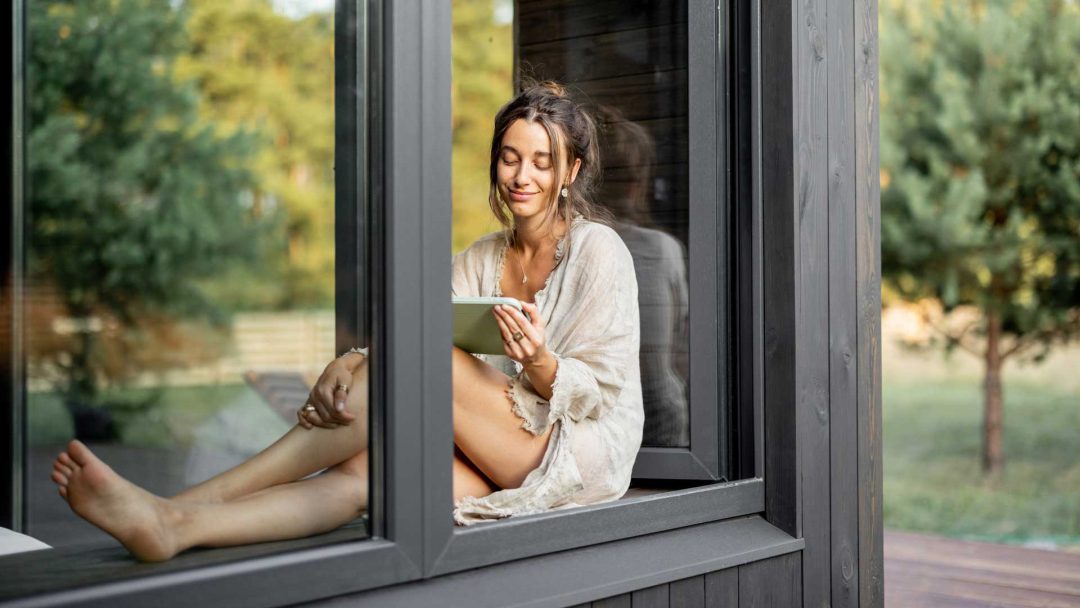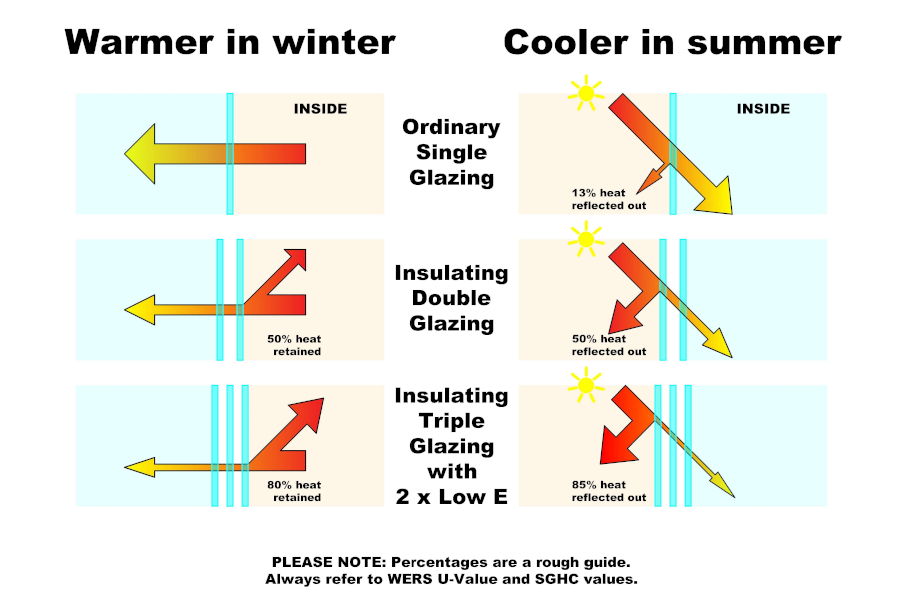All Categories
Featured
Table of Contents
What Are Double Glazed Windows? in Wanneroo Perth
Laminated glass is frequently utilized in areas in the home most vulnerable to injury from human effect such as restrooms, doors, around staircases and in areas close to the floor (it satisfies the requirements of 'shatterproof glass' that is mandated for usage in these locations by Australian Standard AS 1288 Glass in structures).
Toughened glass has been 'tempered' by being reheated and quickly cooled again. This procedure makes it much more powerful than standard glass it can withstand greater impact loads before breaking. It also makes it much safer since, when it does shatter, it breaks into numerous little cubic pieces rather than harmful shards.
Solace Creations: Home in Floreat Perth
However, toughened glass has no thermal or acoustic benefits over other glass of the same toning or thickness. Secondary glazing is where single-glazed windows are retrofitted with a transparent acrylic or glass sheet attached to the inside of the frame or openable sash with a secondary frame or with magnetic strips.


Secondary glazing will not perform too thermally as a produced IGU, since it is difficult to absolutely seal the border, however it can supply good noise control. Window movies are a thin polymer movie containing a taking in dye or reflective metal layer, with an adhesive backing. They stay with your glazing to change its colour or make it reflective.
Does Double Glazing Have A Vacuum? in Churchlands WA
Applied to existing glass, some window films can halve the overall SHGC of the window by absorbing and/or reflecting solar radiation. This can be especially advantageous in hotter climates where cooling is the primary issue, or on east and west elevations directly exposed to long periods of sunlight. However, window movies may also lower visible light transmittance.

For this factor, it is typically best to use an accredited installer of window movie. Frames have a substantial effect on the thermal performance of windows and doors, due to the fact that energy can be gotten and lost through the frame, in addition to through the glass. Different kinds of frame will allow various levels of heat gain and loss, so careful option of frame is essential for efficient passive style.
Magnetite: Australian Retrofit Double Glazed Windows in Bull Creek Western Australia
Aluminium is likewise an extremely excellent conductor of heat and will reduce the insulating value of a glazing system, unless specifically crafted to decrease this. A 'thermally broken' frame is comprised of 2 aluminium areas linked by a structural insulator (generally a low-conductivity structural polymer). This 'breaks' the thermal connection through the aluminium and reduces the heat streaming through the frame.
Lumber frames are an excellent natural insulator that can match some home designs. Timber frames need to be made from types that have naturally high resilience or be treated to avoid decay and contortion.
Which Type Of Double Glazed Window Frame Is Right For You? in Woodlands Perth
Nevertheless, this can result in spaces that allow air seepage unless great draught sealing (weather stripping) is installed. u, PVC is a form of plastic (unplasticised polyvinyl chloride, also called stiff PVC). u, PVC frames offer outstanding thermal efficiency, often better than lumber or thermally broken aluminium. u, PVC is long lasting and requires very little upkeep, and can be moulded into intricate profiles that supply excellent air seals.
u, PVC windows and doors have excellent thermal performance Image: Ben Wrigley (Light House Architecture and Science) Composite frames utilize aluminium profiles on the external sections with either a timber or u, PVC inner section. These integrate the low upkeep and toughness of aluminium with much enhanced thermal performance.
Latest Posts
Home Window Glazing - Sustainability Victoria in Carmel WA
Windows Of Opportunity: Your Guide To High-performance ... in Kallaroo WA
Double Glazing Windows in Rockingham WA